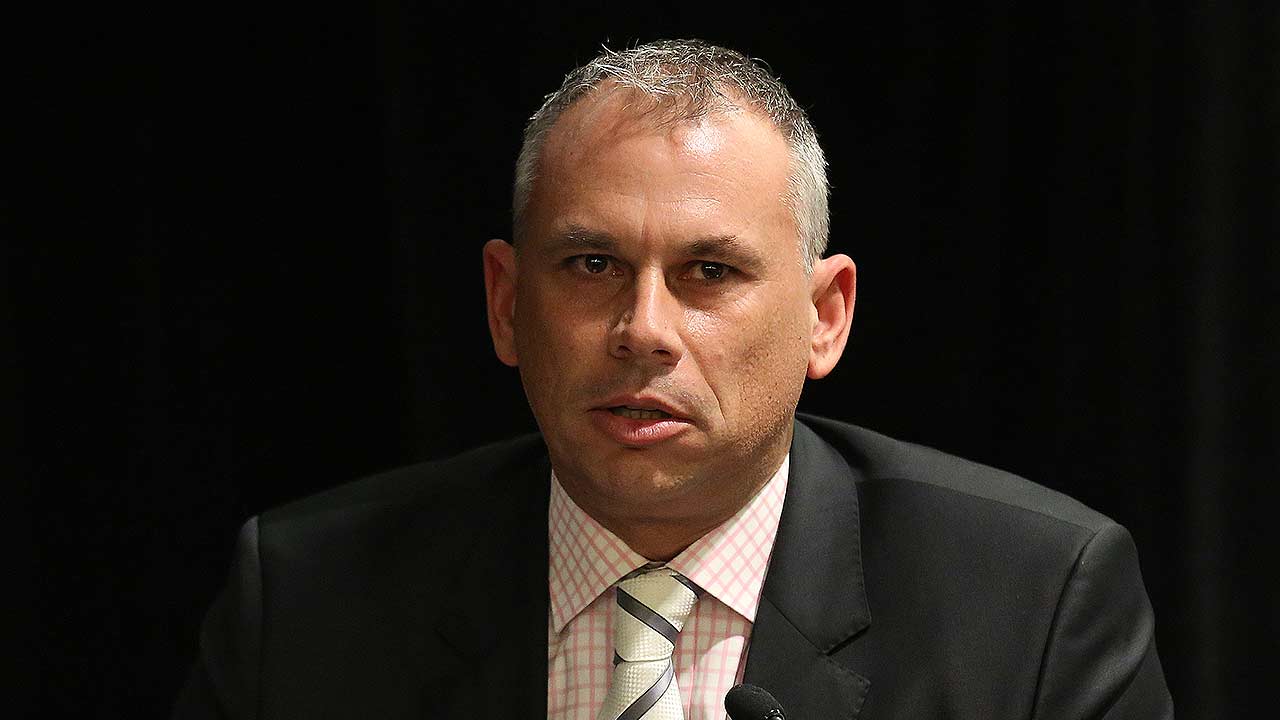The Northern Territory just released its Aboriginal Affairs Policy under the Office of Aboriginal Affairs.
The policy encompasses a monitoring framework that spans 32 targets including employment and business development, health, community safety, arts and culture, environment, and one aspect missing from the Commonwealth’s Close the Gap program – justice.
The Northern Territory government told NITV News that its Aboriginal Affairs Standing Committee comprising 16 chief executives from Northern Territory Government Departments will conduct the policy’s performance reviews.
But Jon Altman, a research professor at the Alfred Deakin Institute for Citizenship and Globalisation, says he is wary about its ability to provide effective progress against the targets without an independent third party monitoring performance reviews.
"They [the Northern Territory government] are deeply conflicted and face moral hazard because they are charged with assessing their own performance or their performance of their mates," he told NITV News.
Justice targets
The policy has garnered the attention of legal experts for its inclusion of justice targets, which the Commonwealth Close the Gap policy has been criticised for failing to include.
Jared Sharp, the Northern Australian Aboriginal Justice Agency's Law and Justice Projects manager, says he welcomes the Northern Territory government's justice targets after calling for them along with other organisations for "a long time".
The Northern Territory has adult imprisonment rates than all other states and territories at 847 per 100,000 adults.
In 2015, Amnesty International that Indigenous young people made up an average of 96 per cent of all young people in detention in the Northern Territory. The rate of detaining Indigenous young people in the Northern Territory (38.17 per 10,000) is higher than the national average rate (38.17 per 10,000) between July 2013 and June 2014.
The policy proposes four justice targets:
1. To reduce incarceration rates of adults by 50 per cent by 2030
2. To reduce the incarceration rate of juveniles by 50 per cent by 2030.
3. To reduce prisoner recidvisim by 50 per cent by 2030|
4. To reduce by 10 per cent per annum victim-based crime offences against the person or property per 100,000 population, respectively.
When asked what steps are being actioned to meet the new justice targets, a spokesperson for Northern Territory Chief Minister Adam Giles mentioned a pre-existing recidivism-prevention program called 'Sentenced to a Job' that has measured a 76 percent to 13 percent drop in recidivism of participants within the past 12 months. But they added, "I'm not aware of what the specific programs are of all [agencies] that are relevant to this target.
But they added, "I'm not aware of what the specific programs are of all [agencies] that are relevant to this target.

Chief Minister of the Northern Territory Adam Giles. Source: AAP
"We would need to ask Department of Attorney General and Justice, the Department of Correctional Services, Northern Territory Police, Fire and Emergency Services, etc".
They add that the policy's framework are "whole of government documents" and justice targets won't be achieved by "any single agency, but by the combined efforts of many," and that the NT's Office of Aboriginal Affairs will release a review of Aboriginal people in the justice system in March for public consultation.
Jared Sharp told NITV News tangible steps must be taken on the justice targets, "because obviously no one wants these to be words on paper, we want these to translate to action.”
Mr Sharp advises justice reinvestment approaches, whereby funds are redirected from prison costs into community programs that keep people out of jail.
"Mandatory sentencing that covers violence, sexual assault, property offences, you name it, tie the courts' hands which become massive drivers of incarceration that propagate a tendency towards incarcerating a large number of Indigenous people for short periods of time, and this destroys rehabilitation prospects, and does nothing to achieve community safety," he adds.
He recommends support programs in other jurisdictions around the country such as that which operate in Victoria.
"Instead of mandatory sentencing, judges and magistrates have resources at their disposal so that they can put offenders in to programs like alcohol counseling or pre-employment programs or a bail-support programs that have been shown to be effective to reduce recidivism and incarceration rates."
He expressed concern about the territory government's controversial paperless arrest laws that allow police to jail people without charge for up to four hours, and longer if intoxicated.
"You have to remove those causes of unnecessary contact with the justice system, like the paperless arrest laws, if the Northern Territory government is serious about reducing the appalling Indigenous incarceration rates," he says.
Adam Giles's spokesperson says the government is going to consider justice reinvestment, the issue of mass incarceration for short periods of time and unsentenced imprisonment, but adds more detail will be provided in a justice-review report for release in March.
When asked about the government's current stance on paperless arrest laws, the spokesperson says that issue will be "addressed in the review".

Source: AAP
Economic opportunities in remote communities targets
The Northern Territory government announced its Remote Contracting Policy, an effort to boost economic activity in remote communities of Northern Territory, where it says 80 percent or 70,000 of the Aboriginal population in the territory reside.
It says Aboriginal people account for 33 per cent of the Territory’s population.
A 2015 Productivity Commission report says that the employment to population ratio of Indigenous Australians in the Northern Territory stands at 34 per cent.
This is 20 percent lower than the national ratio gap of about 54 per cent, while the rate for non-Indigenous Australians nationally is at approximately 75 percent.
The Remote Contracting Policy says it will ensure 30 per cent Aboriginal employment on all Department of Infrastructure contracts over $500,000. It says 70 per cent “of all smaller contracts [in general under $5 million] in remote communities from a Territory government agency for essential services, housing and civil works" will go to local Aboriginal business.
Another point in the policy is to guarantee a "minimum of five larger contracts in remote communities from any Northern Territory Government agency be awarded to a joint venture with a local Aboriginal business.”
For Alfred Deakin Institute's Jon Altman, the Remote Contracting Policy raises questions.
"First we must ask 'is there a community-controlled NGO that has the capacity to do the work'," he says.
"The other proviso is whether the jobs are sustainable, will Indigenous people be provided with long-term jobs?" and last, is the work undertaken "by local Indigenous people or Indigenous people from elsewhere?".
He says that can be addressed if all governments address a "fundamental problem".
"You need development for livelihoods and wellbeing that match Indigenous aspirations in all their diversity.”
Northern Territory Chief Minister Adam Giles' spokesperson says community-controlled NGOs get employment opportunities under the Remote Contracting Policies.
They add that the jobs offered for Indigenous people are long-term positions "because they're being leveraged off infrastructure investment, which is something governments do over the longer term."



